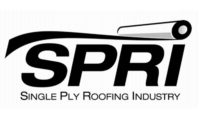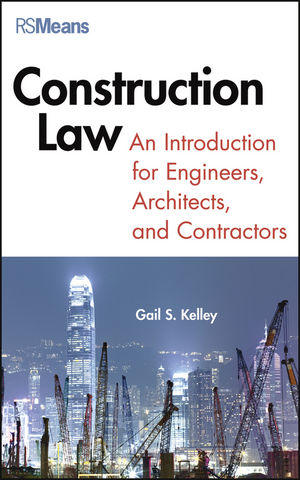SPRI Prepares Nuclear Moisture Testing Standard for ANSI Canvassing
WALTHAM, Mass. — SPRI announced that it is preparing a consensus based standard on nuclear moisture testing in preparation for American National Standards Institute (ANSI) canvassing.
SPRI’s task force is basing its work on a 20-year-old protocol, “Detection and location of latent moisture of building roofing systems by nuclear radio isotropic thermalization,” which can be found in Appendix E of RCI’s Manual of Practice. The document contains information on proper handling of nuclear based moisture survey equipment in the field, as well as calculating and analyzing survey results.
“Interest in the initiative was shown within SPRI, and we have a well-rounded task force of about one dozen members,” said task force chairman David Hawn, FRCI, RRC, CEM. “The members of the committee are engaged and active in working toward development of a consensus based standard.”
Hawn is also president of Dedicated Roof and Hydro-Solutions LLC, Centreville, Va., and an RCI past president.
“We realized there was a shortcoming in the RCI protocol not being consensus based,” said Hawn. “Nuclear based technology is relatively simple and hasn’t changed much over the years. But there’s a fair amount of language changes from the RCI protocol that need to be made.”
Currently, the task force is modifying the RCI protocol to better fit the format and vernacular of a true ANSI standard. Once the task force agrees on the changes, the document will go to the SPRI board of directors for approval. Once approved, balloting by an established canvass body composed of producers, users and general interest members will take place.
“Although roof consultants use the protocol more than anyone else, this document will be a benefit to more than just RCI members,” said Hawn. “Roofing work is being judged using nuclear testing on a daily basis,” continues Hawn. “So anything that can standardize this process and make it more consistent will work toward the good of the entire industry.”
RCI’s first protocol for nuclear based moisture testing was written in the mid-1980s and updated just prior to the release of its Manual of Practice. In addition to nuclear and infrared testing, capacitance moisture surveys continue to be used, but there is neither an RCI protocol or consensus standard for this technology.
“Nuclear moisture testing is a useful technology,” said Hawn. “We have a robust committee at work on it, and there continues to be a substantial amount of interest within the SPRI membership on our efforts.”
For more information, visit www.spri.org.
Looking for a reprint of this article?
From high-res PDFs to custom plaques, order your copy today!




